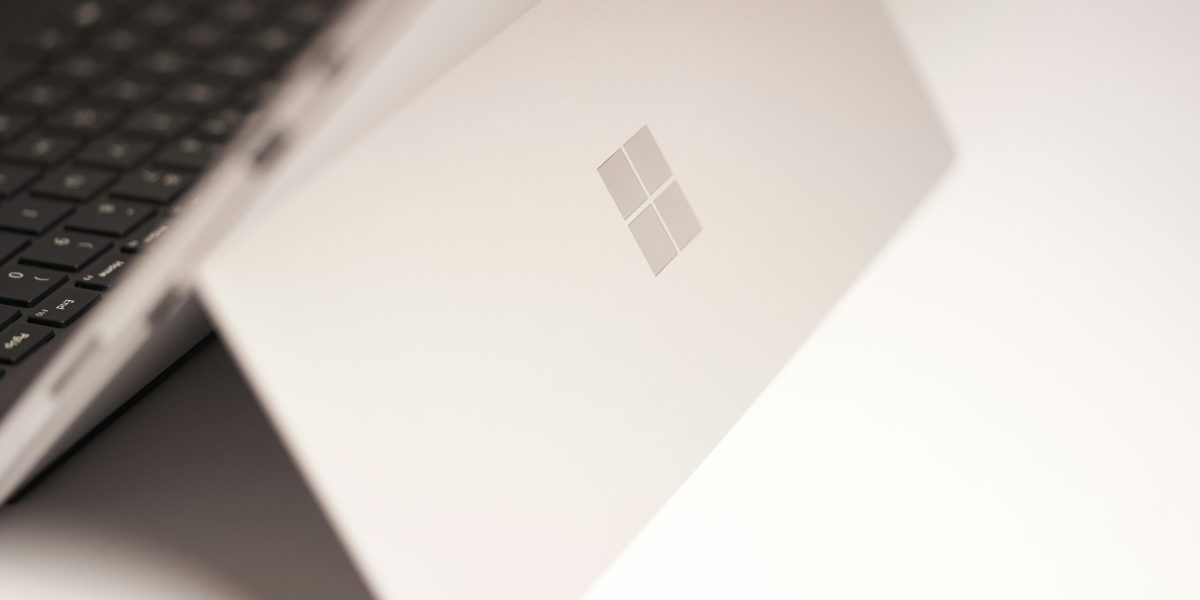Buying brand-new devices isn’t always necessary—especially with the rising cost of tech. Whether you’re replacing your phone, laptop, or tablet, buying used technology can save you hundreds. But it also comes with some risk.
According to recent data, over 70% of consumers bought or sold used tech in 2023, and the market is projected to reach $2.7 trillion by 2025. With such rapid growth, it’s more important than ever to know how to shop smart.
At ParJenn Technologies, we help businesses and individuals throughout Jefferson, Harris, Galveston, and Chambers counties make the right technology decisions. In this article, we’ll cover 8 key considerations before buying used technology—to help you get the best value without sacrificing reliability or security.
1. Is the Device Still Supported?
One of the most important things to consider when buying used technology is whether the device is still receiving security and software updates.
If a device is no longer supported:
It won’t receive security patches, leaving it vulnerable to hackers.
You won’t be able to install newer apps or access updated features.
✅ Check the manufacturer’s website to see how long the model will continue to receive updates. Avoid devices that have reached their end of life (EOL) support.
2. How Old Is the Device?
Older tech tends to have:
Slower processors
Lower memory capacity
Incompatibility with newer apps or accessories
💡 A general rule: Avoid devices older than 3–5 years, unless you only need it for light tasks like browsing or word processing.
3. What’s the Battery Health?
For mobile devices and laptops, battery health is critical. A weak battery means shorter usage time and constant charging.
Tips:
Ask the seller to provide battery health details.
If buying in person, test how quickly it drains.
Factor in battery replacement costs before making your final decision.
🔋 If the battery is under 80% capacity, it’s likely due for replacement.
4. Is There Any Physical or Internal Damage?
Check for:
Cracked screens or dented frames
Rust, water damage, or corrosion
Stiff or non-responsive buttons
Even if the device turns on, visible damage can be a sign of past drops or internal wear. Don’t forget to check ports, cameras, speakers, and headphone jacks as well.
5. Are the Accessories Included? Buying used technology
Many sellers don’t include original accessories, which can be expensive to replace. Confirm whether you’ll receive:
The charger and charging cable
Any proprietary adapters or dongles
Packaging, manuals, or software keys (if needed)
Buying used technology should account for all costs—including accessories.
6. What’s the Return Policy or Warranty?
If you’re buying from a retailer, check their return window. Some offer 14–30 days to return or exchange used products.
For peer-to-peer purchases:
Ask if the device is still under manufacturer warranty
Use secure payment platforms that offer buyer protection
🛡️ Avoid “final sale” purchases unless you’re 100% confident in the seller and the device.
7. Are You Getting a Good Deal?
Compare the price of the used device with:
The price of the same device brand-new
Other used models with similar specs
Sometimes, a new model may only cost slightly more and come with a warranty, better performance, and longer support.
🔍 Use platforms like eBay, Swappa, or Amazon Renewed to compare pricing.
8. Can You Try Before You Buy? Buying used technology
If possible, test the device in person to ensure everything works properly. When buying locally:
Ask to meet in a public place with Wi-Fi
Test basic features: display, ports, keyboard, touch screen, cameras, and charging
Can’t meet in person? Ask for a video showing:
The device powering on
The screen working
The settings menu (for battery and OS info)
💡 Alternatively, buy used tech from trusted retailers who offer return policies and certified refurbishment.
Buying Used Technology the Smart Way
Used tech can offer fantastic value—but only if you take the right precautions.
Before buying used technology, always check for:
Software support
Battery condition
Device age and physical condition
Return policies and total cost (including accessories)
If a deal seems too good to be true, it often is. Do your homework, ask questions, and always test when possible.
Need Help Finding the Right Tech?
Whether you’re buying used tech for your home or business, ParJenn Technologies can help you evaluate your options, ensure device compatibility, and even perform a pre-purchase inspection.
📱💻 Get expert advice before you buy.
🔗 Schedule an IT Checkup Now and we’ll help you choose the right device—used or new—for your needs.
—





